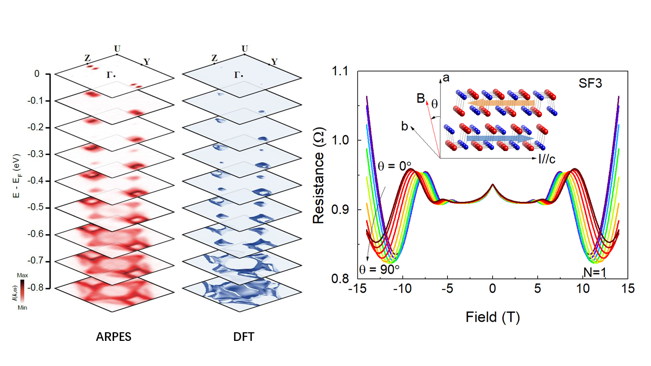Editor: Becky Time: 2018-01-10 Number of visits: 263
Dr Yi ZHENG and his research group from the Department of Physics, ZJU, in collaboration with Dr Da-Wei Shen (Shanghai Institute of Microsystem and Information Technology), have discovered the critical importance of defects in determining the physical properties of emergent thermoelectric material SnSe, providing new insights for improving the record-breaking figure of merit of the SnSe family. This work has recently been published in Nature Communications 9, 47 (2018); doi:10.1038/s41467-017-02566-1.
The search of clean energy has now become the major concern of our society, and thermoelectric materials provide a potential solution by recycling thermal waste and converting abundant thermal energy into electricity. Among various thermoelectric materials, the research interests in carrier-doped SnSe soar very recently due to the report of extraordinary figure of merit ZT = 2.6 at 923 K. Different mechanisms, such as phonon anharmonicity and multi-valley transport, have been proposed to explain the unprecedented ZT in SnSe, but none of them gave a convincing explanation. This is due to the surprising absence of a comprehensive understanding of the electronic structure and most critically, the self-hole doping mechanism of SnSe, which is generally observed in as-grown SnSe.
Dr Yi ZHENG and his coworkers provide the first systematic report on the electronic structure of SnSe single crystals, and elucidates the physical origins of the self-hole doping mechanism and striking three-dimensionality of the Fermi surface in two unique types of defects, namely local phase segregation of SnSe2 micro-domains and point dislocations, respectively. Using both angle-resolved photoemission spectroscopy and quantum transport, the research team has revealed a unique “pudding-mold” shaped valence band with quasi-linear energy dispersion, which holds the key to decipher the extraordinary thermoelectric performance of SnSe. By defect engineering, they have demonstrated wide tuning of hole doping in SnSe, ranging from intrinsic semiconductor to typical metal with carrier density of 1.23x1018 cm3.


Add: No. 8 Hainayuan Building, Zijingang Campus, Zhejiang University, 866 Yuhangtang Rd, Hangzhou, 310027, P.R. China
Tel: +86-571-87953325
Fax: +86-571-87951895
Email: yongyi@zju.edu.cn